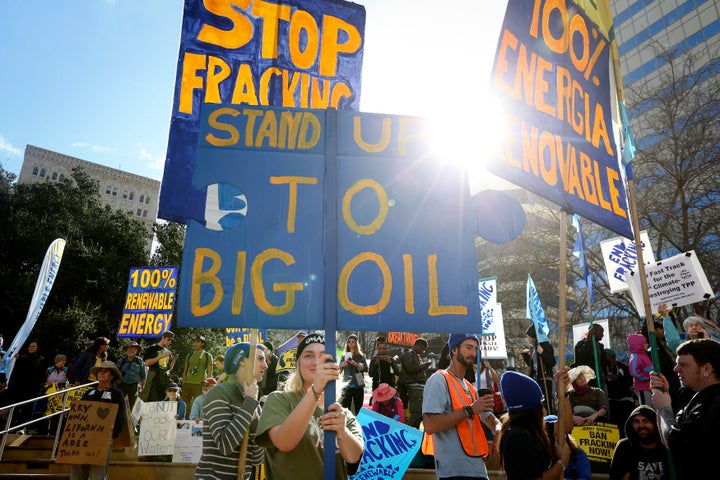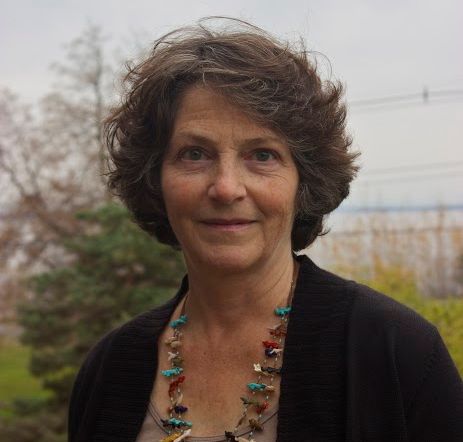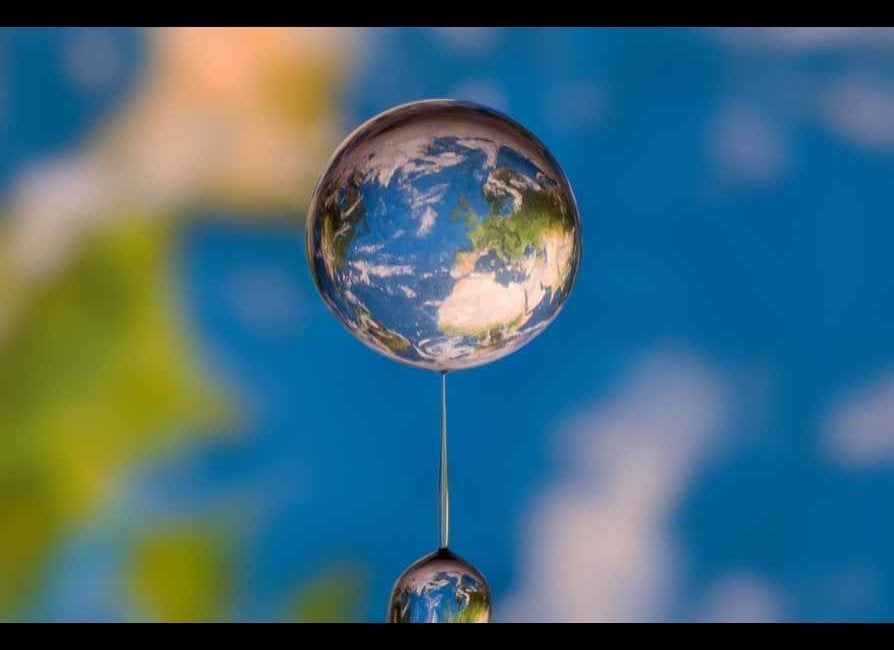
We haven’t always done a great job taking care of our water here in the U.S., and the devastating effects of recent flooding and drought conditions show it’s a problem that’s only getting worse.
But Karen Schneller-McDonald, a New York-based environmental impact assessment consultant, believes it doesn’t have to be that way. She has spent the last 25 years helping local governments, planning boards and other groups learn how to best protect the natural resources that make their neighborhoods special places to live and she’s observed how that message is resonating with more and more Americans today.
In a new book, Connecting the Drops: A Citizens’ Guide to Protecting Water Resources, Schneller-McDonald is sharing many of those strategies in an effort to inspire more people to care about preserving the natural resources they hold dear, ensuring they are still around for generations to come.
The Huffington Post recently spoke with Schneller-McDonald about her work.
HuffPost: How do we simply get more people to care about the environment? It can feel so daunting.
Schneller-McDonald: It’s daunting because people feel disempowered in the face of larger corporations or monied interests. They need the information, the arguments rooted in science, the facts to be able to tackle those interests that say they just have to suck it up because it’s the economy vs. the environments. “Do you want jobs or clean water?” But that’s not a choice. We don’t have a sustainable economy without a sustainable environment and vice versa. It all goes together. People also don’t know who to believe. Experts differ on the facts of the situation depending on who hires them. I found I needed to provide a different sort of information for people that went into critical thinking and asking questions and how to interpret facts. Those are the kinds of things I wasn’t finding much help with in existing resources that are available.

In your book, you touched on media coverage of these issues -- that the media doesn’t often give enough context to understand the environmental factors of a major story like the Keystone pipeline. What is the media’s role is in this?
The whole approach of our culture and media has turned to trying to change environmental concerns into political concerns when they are not. I think it’s the role of the media to try and break down that political approach to protecting the environment. Cut through the partisan stuff. Who would stand up and say they’re against clean water? Nobody. But when you get to the nitty gritty of getting clean water, that’s where it falls apart. I think we have a problem with science and that’s something the media could do a better job on as well.
The information we need to make good decisions is pretty much in place, but a lot of times people never see it, they never hear about it. They hear about the controversy and people would rather believe things are safe and alright. The oil company or gas company says not to worry, it’s safe and that they wouldn’t do it otherwise. But that’s full of holes and somebody needs to be able to stand up and ask the pertinent questions publicly like, “Safe for who?” and “What do you mean by safe?” I think there is a real opening for a positive role the media can play to get at the things that concern everyday people about their environment and their water and air and the land they live on.

Do you think more people are caring about these issues today? Are more people “connecting the drops” as you put it?
I didn’t think they were until I went through a recent experience in New York around hydraulic fracking and that was an issue that motivated me to get this book out sooner rather than later. That issue was happening in my backyard and I was amazed and very heartened by the public uprising and the public search for information that went into that effort and turned out to actually be a very successful effort which I think should be encouragement to people all over the country. They told us it couldn’t be done and we did it.
I was there at the beginnings of the environmental activist movement in the 1970s and it seemed there was more interest then and I think it kind of disappeared for a while and went underground. Now I think it’s coming back and I think people are getting more informed. They are seeing that what’s happening to the air and water and land is affecting their health and affecting property values. I think that is all getting people to do more to be more of an activist. I guess activist can have negative connotation, so I like to say it’s informed activism, activism rooted in the facts and in science so you have credibility. At the same time I think that it’s very, very important and I like to encourage people to become activists in what’s important to them and their health because no one else will do it for them. It won’t come from government, not from corporations. I think the local grassroots effort is the place where it really needs to get going.
What specifically about the New York effort around fracking should be particularly encouraging to activists elsewhere?
First of all, they had good leadership and they had leaders who were very well-informed about the science. They divided a large land-use issue like fracking into smaller component parts and looked at the effects of all those component parts, everything from site preparation to chemical spills after the fact. They were willing to consider cumulative impacts and regional impacts. And then you know the biggest thing is people were willing to get out there and stand up for that issue. People who are willing to get on a bus and go to Albany, willing to write letters to the editor and put themselves forward to stand for something. I don’t know where you get that or where that comes from. It comes from deep down inside each individual.
Water is a resource that is all of ours. It’s connected, it doesn’t stay within property lines. Those are things that connect people really easily within a region because they share what’s at stake.
What if you're not the sort of activist that would head to a protest? Can you still help? What is the one thing at a minimum you hope someone picking up this book will take away from reading it?
At a most basic level, to believe that maybe they can make a difference. That it is possible to make a difference in the face of what may seem like insurmountable opposition. It’s possible to make a difference but you have to be able to join with other people to do it. You need to form those larger groups and pool your collective energy into something that is a force to be reckoned with.
This interview has been edited for length and clarity.
Joseph Erbentraut covers promising innovations and challenges in the areas of food and water. In addition, they explore the evolving ways Americans are identifying and defining themselves. Tips? Email joseph.erbentraut@huffingtonpost.com.
Also on HuffPost:


